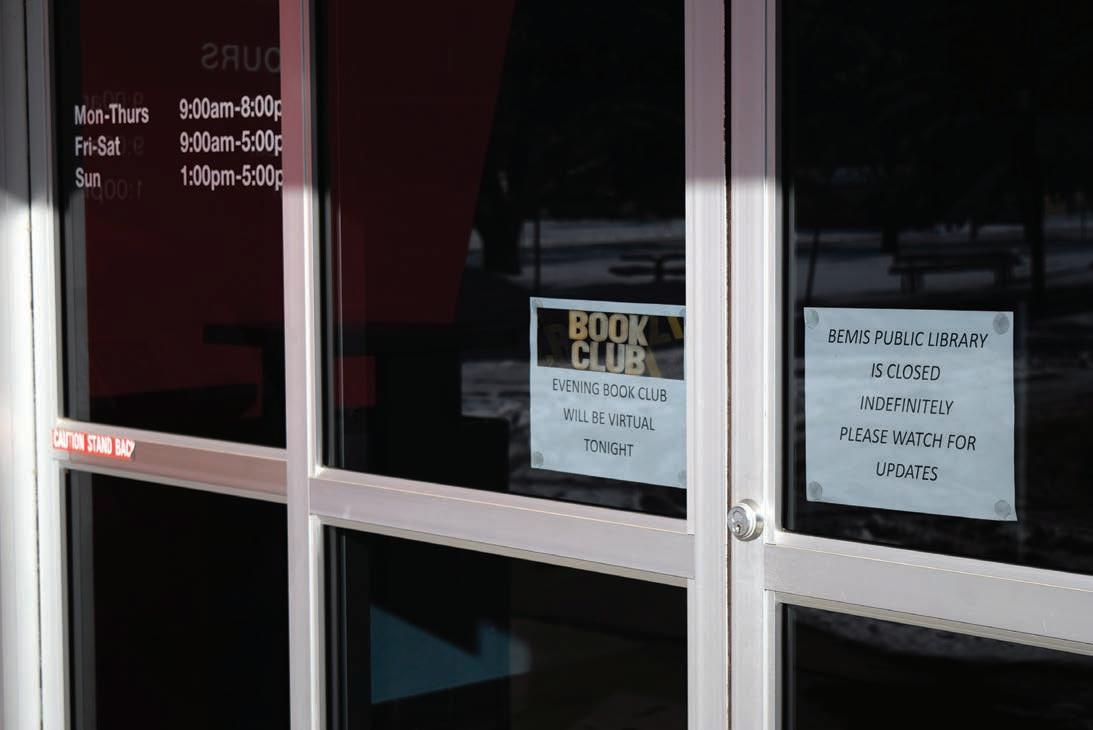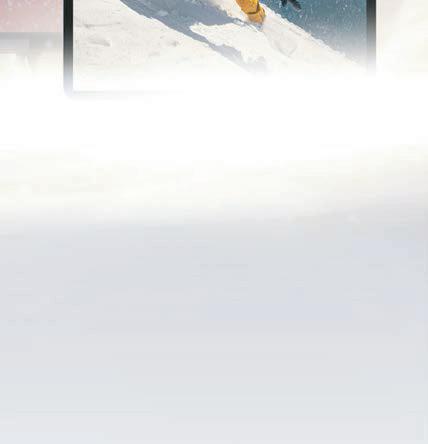
3 minute read
Libraries keep closing for meth

Should they solve the problem?
BY OLIVIA PRENTZEL AND JENNIFER BROWN THE COLORADO SUN
Librarians will tell you the role of public libraries hasn’t changed — they’ve always been a community space open to all, with a mission to educate and serve.
What changes is the world outside, and whatever is going on in society, will go on in the library. e rise in homelessness, untreated mental illness and drug use have forced libraries to adapt, from extensive sta training in how to de-escalate outbursts to hiring social workers and security guards.



is winter, though, libraries across suburban Denver were hit with a new challenge. One by one, they tested for methamphetamine residue in their bathrooms and air vents, fearful that sta and the public were in danger from the toxic contamination left behind by patrons smoking drugs in the bathrooms.
In an extraordinary domino e ect, four libraries, some of the last public spaces welcome to everyone, closed. Some libraries hoped the public would see the closures as a wake-up call, opening eyes to what they deal with every day, according to emails of library directors obtained by e Sun through public records laws. Other libraries emailed to nd out whether the rst libraries to close had overreacted or if they should test, too. All were concerned upon hearing the test results about the health of their employees.
Boulder Public Library tested in December, after the library director worried about the health of his two-person cleaning team repeatedly sent into the bathroom after reports of putrid smoke. Englewood Public Library, also plagued by meth clouds, discovered in mid-January that its bathrooms were contaminated. Littleton, “in the interest of being proactive,” was next, also nding levels of meth residue exceeding the state health department’s legal limit. Arvada followed last week.

Pikes Peak Public Library District said Jan. 19 it would remain open as samples are taken from all 15 locations in Colorado Springs as a “proactive action” though there was no known meth exposure. It later scaled back, deciding to test only the bathrooms at three of the most popular branches. e meth closures in Colorado made national news, from People magazine to e New York Times. Public reaction vacillated between accusing the libraries of causing hysteria to wondering how far society has sunk.


Of the four libraries that closed, only Boulder has reopened, though the bathrooms are sealed o by a temporary wall and plastic until they are cleaned by a professional meth lab remediation company. e Boulder library was closed for three weeks. Englewood has been shut down for nearly a month, and Littleton for two and a half weeks. Arvada closed more than a week ago.
Boulder library director David Farnan doesn’t regret closing the doors, even though he said he learned from local and state health o cials within a few days of the closure that no one’s health was ever at risk.
After 14 incidences of drug use in about three weeks, he’d already had a policy in place to shut down the bathrooms and not let anyone — even the cleaning crew — enter if there were fumes in the air.
But just because no one’s health was at risk, that doesn’t mean it’s acceptable, he said.

“We have to do everything we can to prevent this from ever happening again,” Farnan said. “We can’t have a public library and have meth use going on in the bathroom. at’s just a no-brainer.”

So the library will again nd a way to adapt. e plan is to keep the restrooms closed to the public, except for children accompanied by their parents and people who have a medical condition. It’s the best way Farnan sees to preserve the library’s mission to serve all, whether they are parents and kids coming to story time, seniors using the internet or people who sleep outside.
“It’s one of the few places where anyone can go, everyone is treated with decency and you don’t have to buy anything,” he said. “ at’s rare. e value of having a public place is extraordinary.”
Colorado’s standard for meth contamination isn’t based on public settings
Here is how many reports of patrons a ected by meth contamination the libraries received: Zero.



Two Boulder library employees reported feeling “dizzy” after walking into a smoke- lled room in late November and were checked out by paramedics, but both had normal vital signs and no evident symptoms of narcotics exposure.
And for public health experts who have studied meth exposure, that doesn’t come as a surprise.
“I think the health risks when we nd that amount — by design — are negligible,” said Mike Van Dyke, whose research on meth exposure helped establish the state’s decontamination procedures and sam-

SEE METH, P23

1-877-328-1512












